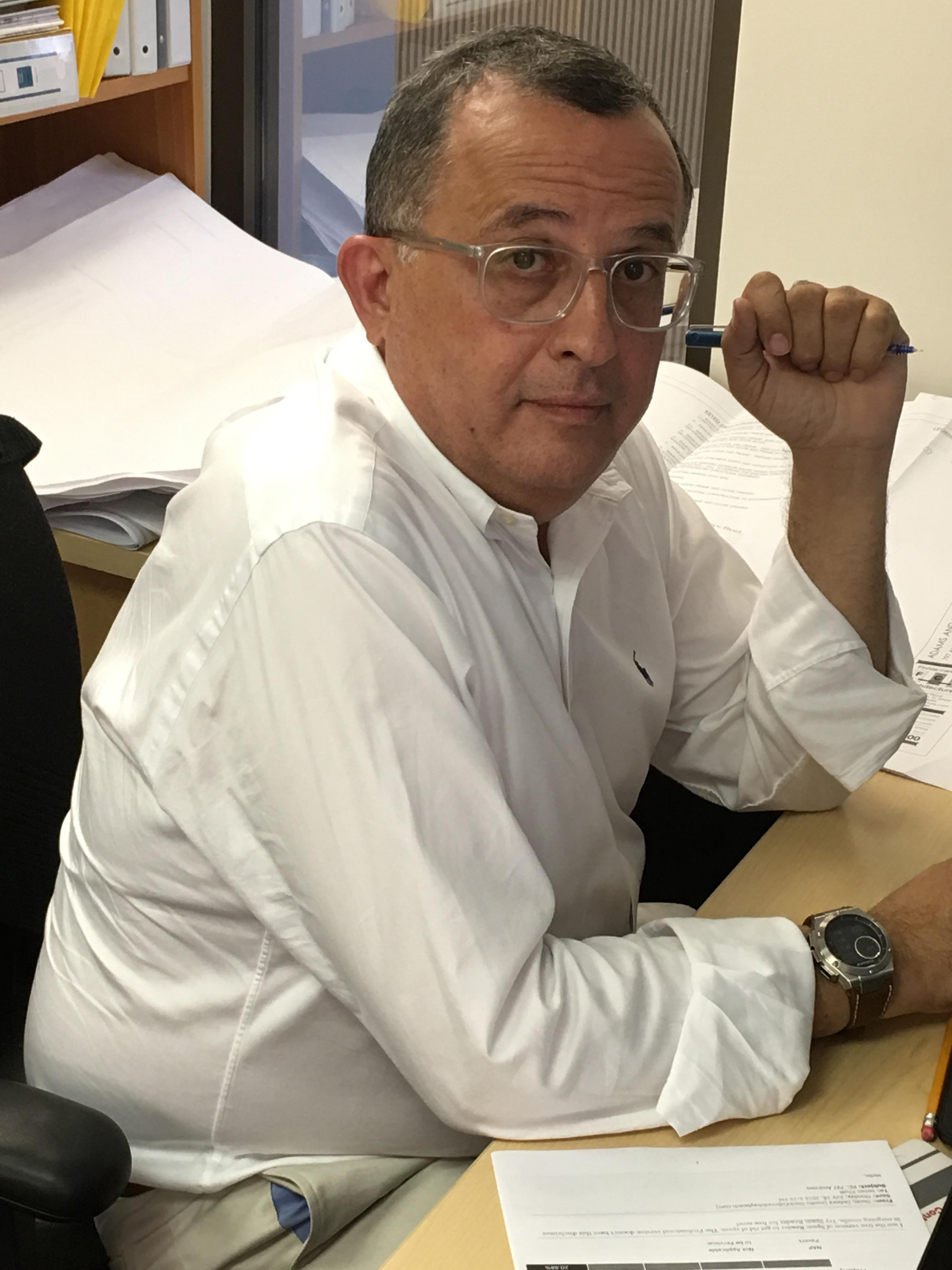At PowerCalc, we are committed to optimizing electrical energy use before a building is even built.
In our video, we discuss our energy savings module (ERASE(tm)). Its approach is unique: it focuses on the conductor / wires that transmit electricity...the single largest link between the generation and end-use consumption of electricity. It saves 7%+ of energy use by optimizing the design of the power distribution system inside the facility.
We also introduce the PowerCalc team, our company, our software, and our goals.
So take a look.
Unlike other electrical design software, PowerCalc's patented process designs from the bottom-up, i.e. from the circuit to the service entrance / power grid. For the first time, the ability to calculate and specify the exacting detail of conductor sizes is easily possible due to PowerCalc's automation of the electrical design process.
Designing with PowerCalc, including ERASE, can save at least 7% in energy use and likely a lot more. Extreme Savings in Data Centers Energy Savings Module Commit to Green #1 Commit to Green #2 Commit to Green #3
Listed on US DOE's Building Energy Software Tools Directory
PowerCalc is listed on the US Department of Energy's Building Energy Software Tools Directory.
And remember, we have a free demonstration on the first Friday of each month: FREE Demonstration Friday, April 3rd at 12 EST Hope you will join us!
Thank you for your support!




